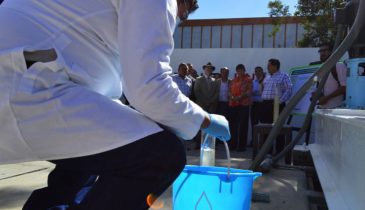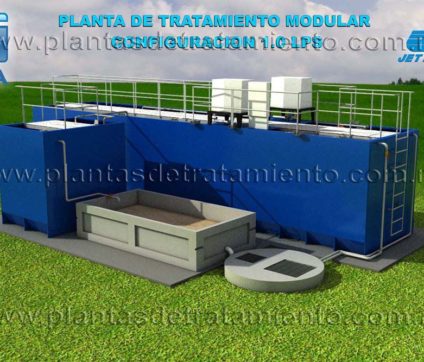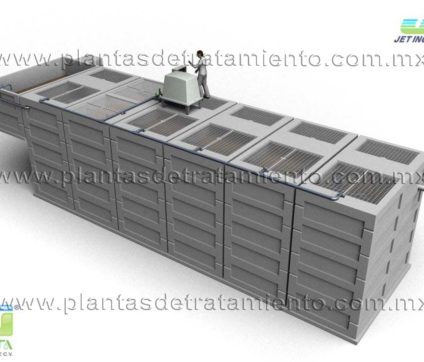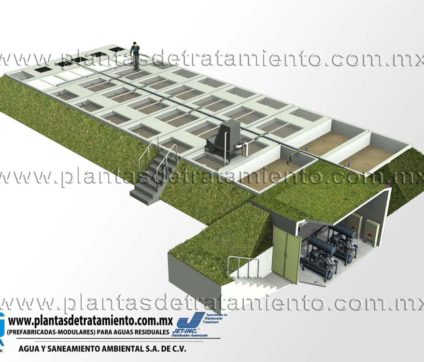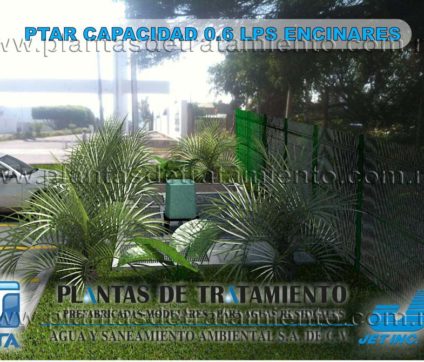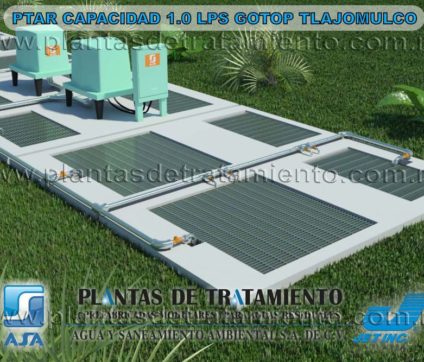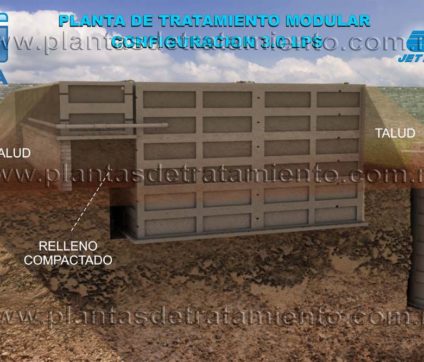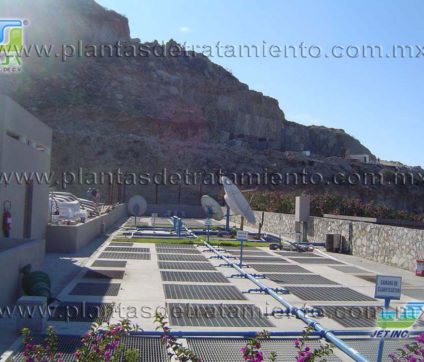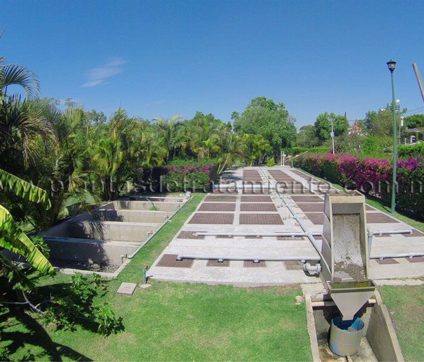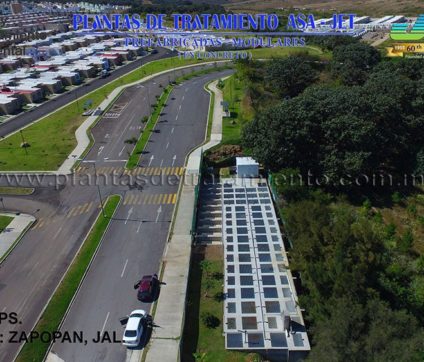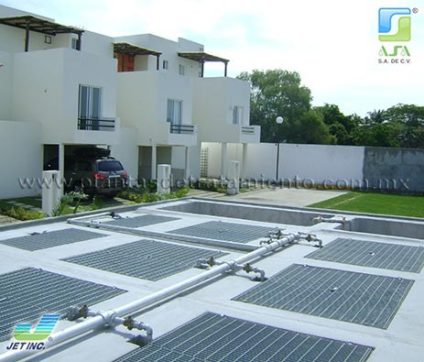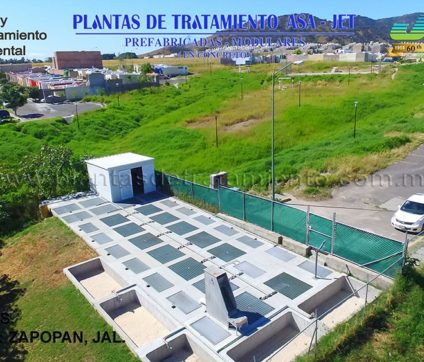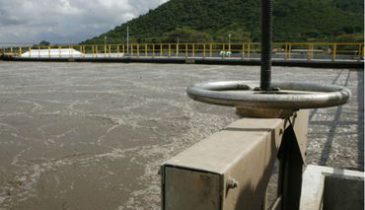
Tlajomulco use treated water for irrigation of green areas
Before the water problem that afflicts Tlajomulco de Zuniga and thousands of liters used to irrigate medians, parks and green areas in the city, from 2017 will be irrigated with treated water from the plant of San Miguel Cuyutlán, which it is being expanded, so treated drinking water but will not be used anymore.
This was announced by Miguel Angel Leon Corrales, director of Environmental Management, Climate Change and Sustainability in the municipality of Tlajomulco de Zuniga, who said not to use potable water for irrigation of green areas. “We will try to put together a system of pipes and we will use treated water from the plant of San Miguel Cuyutlán for irrigation of medians, parks and green areas.”
The treatment plant of San Miguel currently has the capacity to treat 60 liters per second and the expansion includes 180, it will be completed in June, but at the request of the residents of the five communities in the area of Lake Cajititlán not to pour more treated water body water reuse is planned watering the green areas of the municipality.
There are several subdivisions in Tlajomulco high purchasing power that have large tracts of bunds, gardens, parks and green areas so if you depend on the municipality will be irrigated with treated water. In January 2017 it will begin the program in order to save water aquifers, which is where they are filled.
These actions are part of the work against the shortage of water, especially in some colonies of Tlajomulco de Zuniga, where they have reached this natural resource rationing.
A few weeks ago, the mayor of Tlajomulco, Alberto Uribe Camacho, explained that the lack of water due to the dry season, as well as decreased levels of 115 wells that supply the settlers.
For this reason, the World Bank will start with a study that aims to display the current and future requirements of the water in the municipality according to the growth trend that is projected and thus managed resources for water availability.

